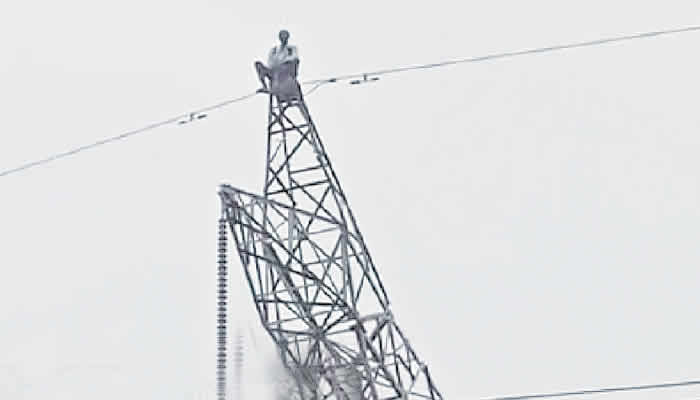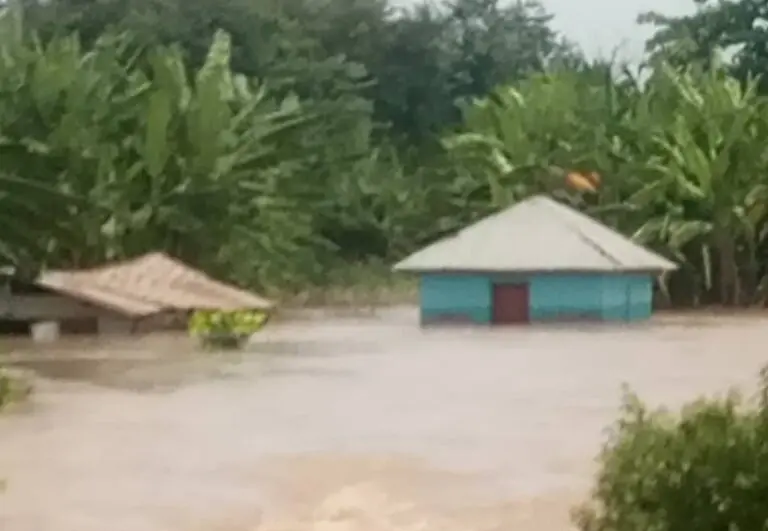With the impact of flash flooding taking its toll on states, the National Emergency Management Agency (NEMA) yesterday said about 140,228 persons have been affected and 49,205 displaced in 21 states. The data by the Agency also indicated that 191 deaths have been recorded, 239 injuries sustained and 94 persons missing.
The released figures, however, emerged on a day NEMA conducted a full-scale flood simulation exercise in Dukku, a riverine community on the outskirts of Birnin Kebbi, Kebbi State. However, the states which recorded deaths were Niger-162, Adamawa-26 and Borno-one.
New Telegraph also learnt that the 21 affected states were Abia, FCT, Adamawa, Akwa Ibom, Anambra, Bayelsa, Borno, Delta, Edo, Gombe, Imo, Jigawa, Kaduna, Kano, Kogi, Kwara, Lagos, Niger, Ondo, Rivers and Sokoto. The updated 2025 flood dashboard by NEMA, released yesterday, also indicates that 52 Local Government Areas (LGAs) of the country have been affected. According to the data from the Agency, children are the most affected.
The data reads: “62,393 children, 43,531 women, 28,505 men, 5,799 elderly, and 1,887 disabled persons have so far been affected by this year’s flood. “Also, 10,663 houses and 9,454 farmlands have been affected by the floods”. The state with the highest number of affected persons and displaced persons is Imo with 28,030 affected persons and 15,107 displaced persons. Other states mostly affected are: Rivers, Adamawa, Abia, Delta, Borno and Kaduna.
Meanwhile, in a bid to strengthen grassroots disaster preparedness, NEMA said Dukku was identified as one of the high-risk communities vulnerable to severe flooding in the 2025 season, with a river running through the settlement increasing its exposure to flood hazards.
The simulation exercise, organised in collaboration with the Kebbi State Government, was designed to test flood response plans, improve stakeholder coordination, and raise public awareness of potential disasters.
It is part of NEMA’s broader preparedness strategy targeting flood-prone areas across Nigeria, especially in the North West and North Central zones. Leading the exercise was the Director General of NEMA, Mrs. Zubaida Umar, who emphasised the importance of readiness and collaboration in saving lives during disasters. She noted that the simulation was aimed at enhancing coordination, communication, and operational efficiency among all disaster response stakeholders.
She said: “As we all know, flooding remains one of the most recurrent and devastating natural disasters in Nigeria, with farreaching impacts on lives, livelihoods, infrastructure, and communities. “We are simulating a crisis today so that we are better prepared to save lives when it becomes a reality. Let me reiterate that preparedness saves lives.”
She added that the exercise was also intended to identify gaps in existing response mechanisms and strengthen multi-agency collaboration across the region. Participants in the exercise were critical first responders, including military Disaster Response Units (DRUs), the Nigeria Police, Federal Fire Service, Nigeria Security and Civil Defence Corps (NSCDC), Federal Road Safety Corps (FRSC), and the Nigerian Red Cross Society.
The simulation was meant to also highlight the flood risks that may arise from intense rainfall and the potential overflow of dams in the region, which could significantly impact communities. As part of the Agency’s support to the common, Mrs Umar also presented life jackets to residents of Dukku to aid their personal safety in the event of flooding.















